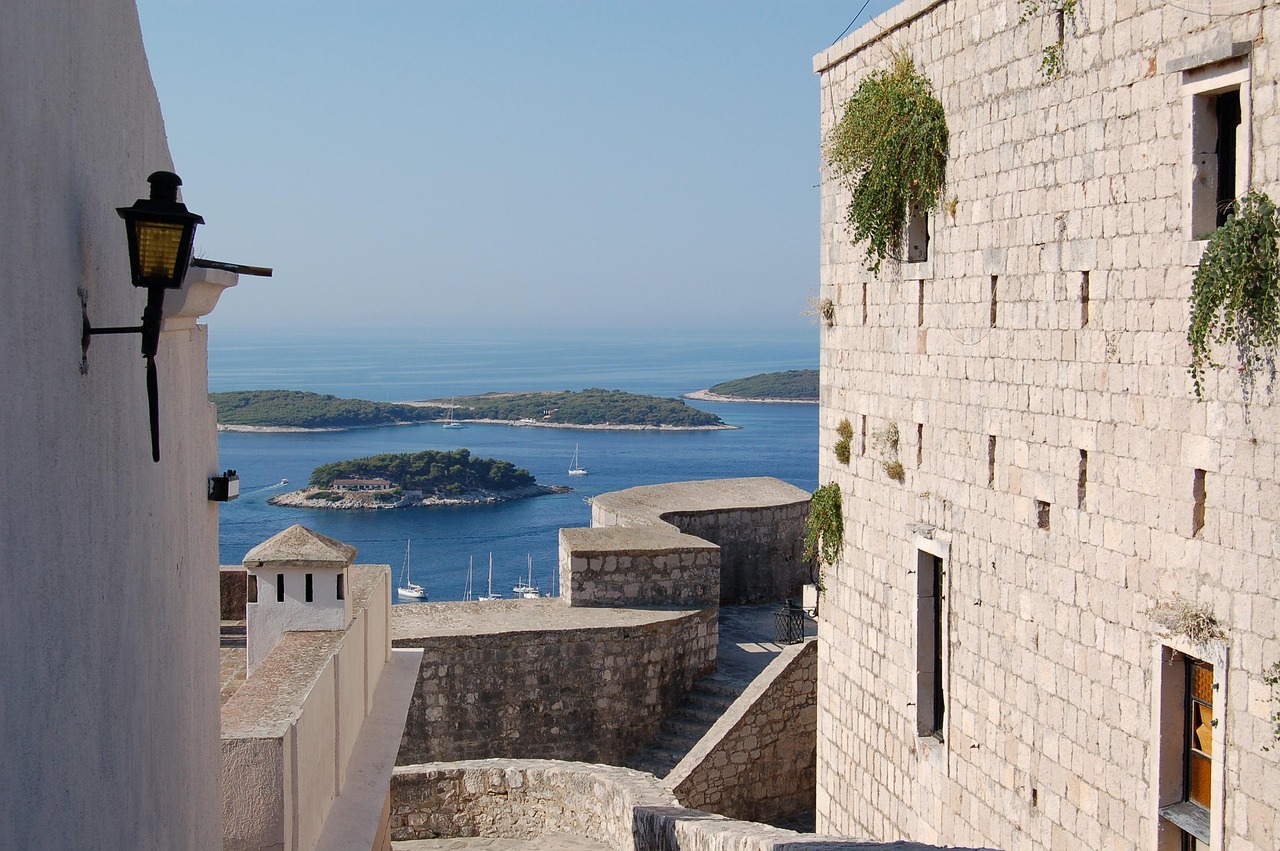
Thinking About Croatia & Montenegro? Here's How Much It Cost for a 12-Day Trip for a Family of 3
An Unforgettable Journey Through Croatia & Montenegro
As someone who loves to travel, I recently had the pleasure of taking a 12-day family trip to Croatia and Montenegro, filled with breathtaking sights, fascinating history, and unforgettable experiences. Join me as I take you through the most interesting places we visited along the way, with a little touch of history to give you a sense of the rich culture these beautiful countries have to offer. After sharing our journey, I'll provide you with the essential budget details and practical tips to help you plan your own Adriatic adventure!

Our Journey Through Montenegro
Perast - A Glimpse Into the Past
Our journey began in the charming town of Perast, located in the Bay of Kotor, Montenegro. This peaceful little town is known for its beautiful baroque architecture and stunning views of the bay. One of the most famous spots here is Our Lady of the Rocks, a small island church that was built over several centuries. According to legend, the island was created by locals throwing rocks into the water as a way to honor a miraculous icon of the Virgin Mary. The church's interior is decorated with 68 paintings that depict the Madonna and child.
Perast is also an excellent place to take a boat ride, enjoy the coastal beauty, and learn about the town's rich maritime history, which dates back to the 17th century when Perast was a wealthy naval town. For our stay, we booked Heritage Hotel Leon Coronato, a charming hotel in the heart of Perast, costing us €170.48 for two nights. It was the perfect place to relax after our scenic drive from Dubrovnik and explore the quaint surroundings.
Budva - The Heart of Montenegro's Coast
Next, we headed to Budva, known as the "Miami of Montenegro" because of its stunning beaches, lively atmosphere, and historical old town. Budva's Old Town (Stari Grad) is a walled city with narrow cobblestone streets that are lined with charming restaurants, galleries, and churches. A must-visit is the Citadel, a fortress that offers panoramic views of the Adriatic Sea.
Krka National Park - A Nature Lover's Paradise
On our way to Zadar, we made a stop at Krka National Park, one of Croatia's most popular natural wonders. Known for its spectacular waterfalls, particularly the Skradinski Buk, the park offers a serene escape into nature. You can walk along wooden paths that wind through lush forests and get up close to the waterfalls, which are a true sight to behold. The park is also home to historic sites like Visovac Island, which features a 14th-century monastery, adding an extra layer of cultural significance to the natural beauty.
After our visit to Krka, we drove to Zadar, where we explored the ancient city and its unique Sea Organ. For our overnight stay in Zadar, we chose B&B Demar Residence & Dependance, which cost us €468. The accommodation was a peaceful retreat after a day of hiking and exploring.
Zadar - A Blend of Ancient and Modern
Zadar, where we spent the night after Krka National Park, is a city that beautifully blends ancient ruins with modern art. Zadar is known for its Roman Forum, where the remains of temples and other structures give you a glimpse into its history as an important Roman city.
Best Time to Visit
Croatia and Montenegro are best visited during the shoulder seasons - late spring (May to June) and early autumn (September to October). This is when the weather is pleasant, and the crowds are thinner.
Car Rental
Renting a car is essential for exploring both countries, especially if you plan to visit national parks and small coastal towns. It offers flexibility and convenience, especially when traveling with family. Be aware that crossing borders may require additional documentation or insurance.
Food and Dining
While in larger cities like Dubrovnik and Split, expect to pay more for dining, especially in touristy areas. For more affordable and delicious options, try local cafes or explore restaurants outside the main tourist hubs. On average, we spent about €25 per person per day on food.
Money
Croatia uses the Euro, while Montenegro, though not in the EU, also uses the Euro as its currency. Always have some cash on hand, especially in smaller towns or for paying for activities.
Booking in Advance
In peak tourist season, it's advisable to book accommodations and some popular activities in advance, especially in Dubrovnik and Split, where hotels can fill up quickly.
Final Thoughts
Croatia and Montenegro truly offer a mix of adventure, culture, and natural beauty, and our journey through both countries was worth every penny we spent. The total cost for our 12-day trip came to about €4,410.04, which covered everything from accommodation to food to activities. While the price might seem a little steep, it's an investment in unforgettable experiences.
If you're considering the Adriatic coast for your next getaway, I highly recommend both Croatia and Montenegro. Whether you're into history, nature, or simply enjoying good food by the sea, these neighboring countries offer incredible diversity and beauty.
Have any questions or tips for your trip to Croatia and Montenegro? Drop a comment below - I'd love to hear from you!
Ready to Join Our Journey?
WOYAGER is currently in its initial development phase, and we're continuously enhancing our AI-powered travel planning tools. By joining now, you'll not only help shape the future of travel planning but also gain early access to new features as they roll out.
We're committed to constant improvement and innovation, with exciting new capabilities planned for the coming months. Be part of our evolution from the beginning!
Join the WOYAGER Beta